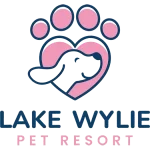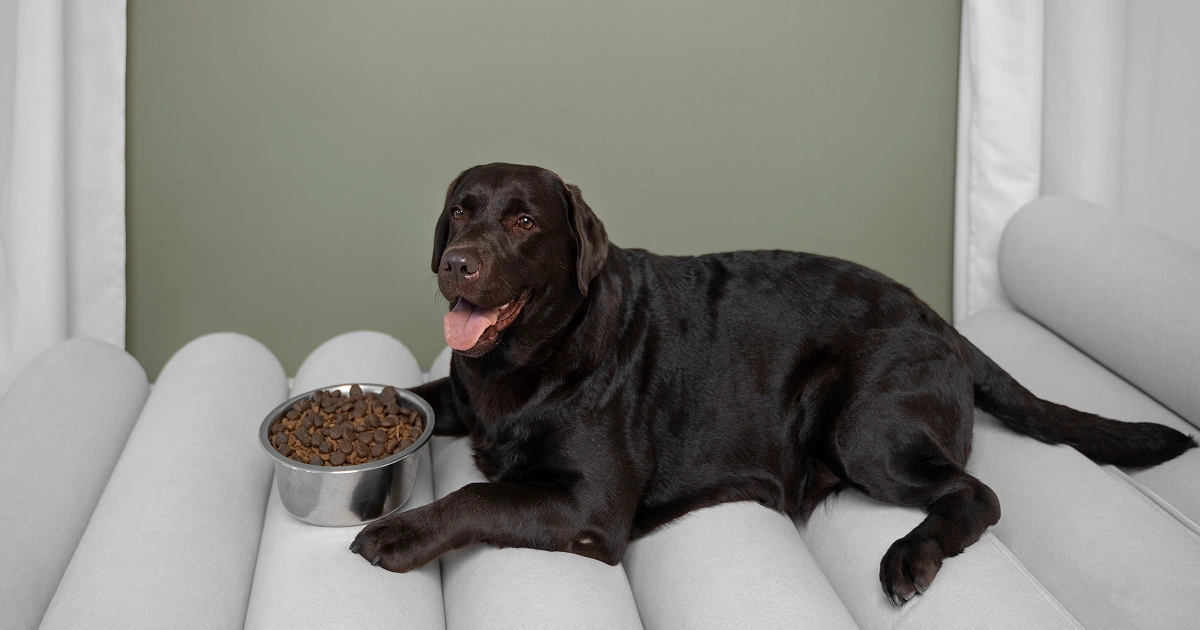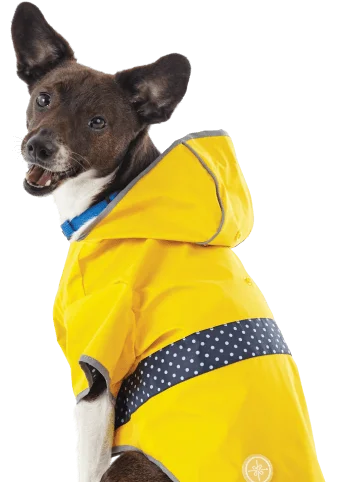
Obesity, and the complications that come with it, is not just a problem for humans; it is a problem for pets as well. They too can be at increased risk of heart disease, high blood pressure, type 2 diabetes, kidney disease, osteoarthritis, and more when they are overweight, which can seriously impact their overall health and quality of life.
According to the Association for Pet Obesity Prevention, as of 2018, “an estimated 60% of cats and 56% of dogs in the United States were overweight or obese.” October 13th is National Pet Obesity Awareness Day and a good time to look at your pet’s health and what you can do to manage their weight.
Combatting Obesity in Dogs
Every dog is different, so the first thing you should do is talk to your veterinarian to see whether your dog is overweight or on their way to being there. They can let you know the ideal weight range based on factors such as your dog’s breed, age, and activity level. In addition, they can check for underlying conditions such as hypothyroidism or Cushing’s disease that could be contributing to your dog’s weight gain or difficulty losing weight.
Choose the right diet. Work with your dog’s veterinarian to determine the best type and amount of food for your dog. Based on their health and lifestyle, one type of food may be preferable to another. Not every dog thrives on a grain-free or clean meat diet, so do your research first.
Use portion control. Feed your dog at set times so they know get into a routine of knowing when they eat. Measure out their food to avoid accidentally overfeeding them. If your dog is a fast eater, consider getting a slow-feed bowl so they cannot eat all of their food in just a few mouthfuls. Avoid using a self-feeder and having food available all day.
Skip the table scraps. Little bits of human food here and there can make the calories quickly add up and pack on extra pounds. Instead of sharing whatever you have, give your dog a treat of raw broccoli, carrots, or green beans instead. They are a better low-calorie option.
Energize your walks. While it’s okay to go at a casual pace stopping every few feet when taking your dog out to use the restroom, when you’re walking for exercise, pick up the pace. Start at a brisk speed and keep your dog moving. You can slow down a bit and let them sniff on the way back.
Keep them active. Make it a point to play with your dog at least twice a day with interactive toys such as balls, ropes, frisbees, laser pointers, or other objects that get them excited. Encourage them to run, jump, and pounce. You can even alternate between having their food or water upstairs or downstairs so they have to go up and down to get to them. Every little bit helps.
If you work outside of the home during the day and your dog is alone, consider signing them up for doggie daycare. If you’re going out of town, board them instead of hiring someone to just check in a few times a day. They will get to socialize and play with other dogs and people instead of sleeping most of the day away and being sedentary. Contact Lake Wylie Pet Resort to reserve your dog’s spot and have the peace of mind that your dog is safe and having fun while you’re away.




